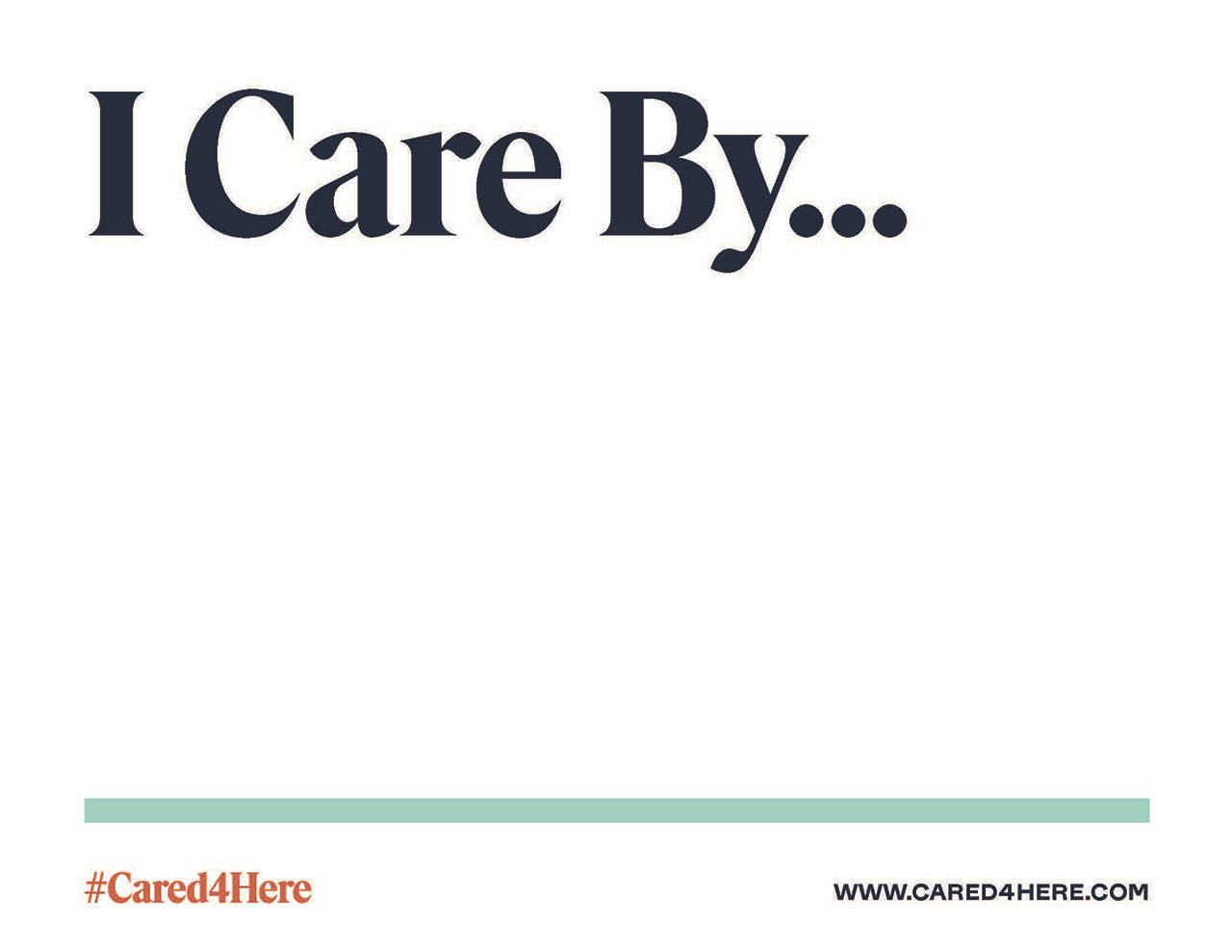By The Herald Editorial Board
Snohomish County and, for that matter, Washington state and the United States are all too familiar with disasters, natural and man-made. Encouragingly, we’ve always responded to those disasters with generosity and compassion for the individuals and communities that were affected during and after, helping to rebuild homes, communities, businesses and lifting up those in distress.
But not since the polio epidemic — which spread during most summers in the U.S. for much of the first half of the 20th century until the development of the Salk vaccine in 1955 — have American communities had to cope with a viral pandemic. And not since the influenza pandemic of 1918 have we seen the widespread isolation and economic paralysis that have resulted — and have continued without a certain end — from the novel coronavirus pandemic.
There are important similarities but also striking differences in how this pandemic compares to past disasters, says Mary Schoenfeldt, who has advised communities on the psychology of disasters locally and nationally for decades. Schoenfeldt, a Marysville resident with a doctorate in human services, has counseled communities and individuals following school shootings at Littleton, Colo., in 1999; Newtown, Conn., in 2012; and at Marysville Pilchuck High School in 2016; and after natural disasters including Hurricane Katrina in New Orleans in 2005, and the Oso landslide in 2014. And she has worked for both the Marysville School District and City of Everett on safety issues and disaster preparedness and recovery.
Schoenfeldt recently spoke in a teleconference with members of a faith and community well-being alliance organized by the Providence Institute for a Healthier Community that includes county leaders of churches and social, health and human service organizations regarding what they can expect in the weeks and months that follow and how they can respond.
There’s a trajectory of human emotion typical to disasters, Schoenfeldt said, and one that is playing out — with some key differences — now in response to the pandemic and its economic impacts. Immediately following an event, interest, generosity and community cohesion are high but can tail off as the weeks pass, with opportunities to reengage communities at anniversaries and other milestones until reconstruction efforts are well underway.
With the pandemic, the timeline has blurred and its effects, especially economic ones, have been drawn out as necessary stay-home orders have isolated families, kept many from work, school and church, closed businesses and have cost the jobs of many others, while putting immense strains on those front-line workers providing essential services.
“This is not a typical disaster,” Schoenfeldt said. The closest comparison would be to the Sept. 11, 2001 terrorist attacks. “Following 9-11, everywhere we looked we didn’t know if we were looking at someone or something that could hurt us.”
The pandemic, because it has forced a physical distancing and is so widespread, also has made the usual efforts to respond more difficult.
Just as social-distancing efforts helped to “flatten the curve” regarding the demand placed on hospitals and health care resources, Schoenfeldt says we need to raise the emotional and psychological curve for this disaster, reversing the trend of disillusionment that we’re seeing as stay-home orders are only slowly relaxed and our will and compassion are tested.
Many of those efforts already are easily seen in the community, she said, mentioning those who are making fabric face masks for front-line workers, or the teddy bears that have been placed in windows for children to spot.
The Providence institute’s GiveWellLocal.org website continues to connect organizations in need of supplies, such as masks, with those who are producing them. Recently, its “Mask Brigade” delivered some 1,200 masks to 45 pickup locations, delivering some as far away as Olympia and Sammammish.
Those and other efforts, such as donations to food banks and drives such as the statewide WA Food Fund and donations of blood and plasma to Bloodworks Northwest, need to continue.
But there’s a new way to give, by sharing your story about what you are doing for your family and for your community.
The institute and its partners have launched a new website, Cared4Here.com, that encourages individuals, businesses and organizations, to download and print a small placard from the website that reads, “I Care By …,” asking people to complete the sentence with a statement about their efforts. The signs can be placed in windows, but people also are encouraged to take a photo or short video of themselves with their sign and post it to Facebook or Instagram with the hashtag #Cared4Here.
The intention of the campaign, said Scott Forslund, executive director of the Providence institute, is to flatten the curve of divisiveness and indifference that threatens community cohesiveness as the fight against the pandemic continues.
There’s been much discussion in recent weeks about what makes different members of our community “essential” and thus needed to continue their jobs in the community. In truth, of course, we are all essential to our communities, neighborhoods and families, regardless of where we spend the day.
You can show how you are essential by showing how you care.
Talk to us
> Give us your news tips.
> Send us a letter to the editor.
> More Herald contact information.

























